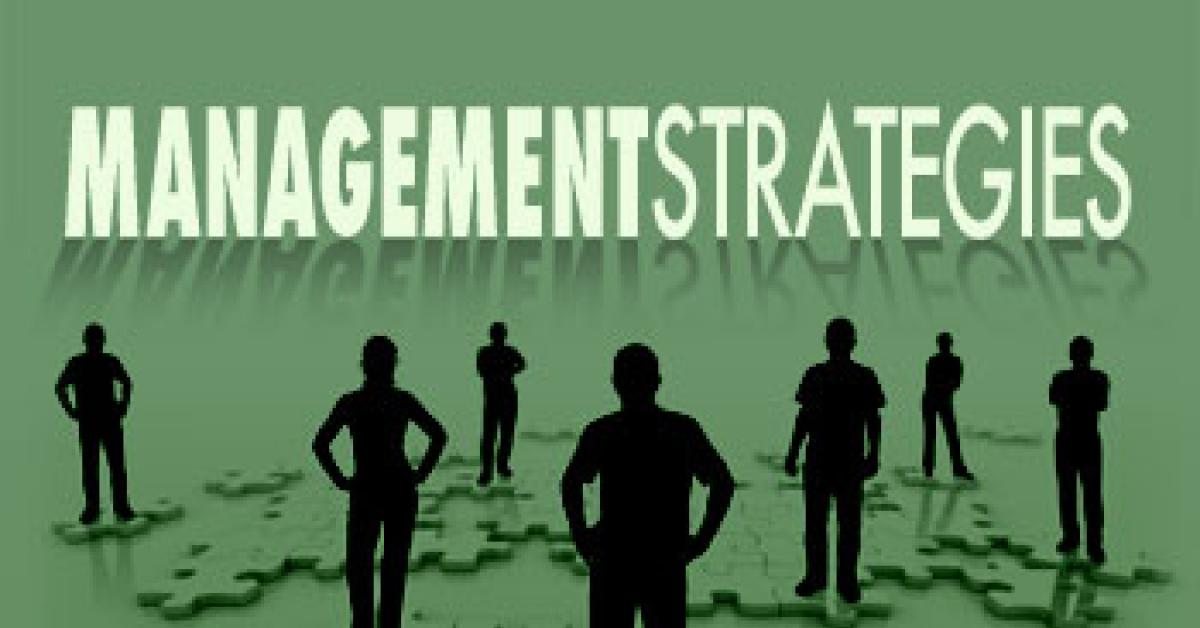SAN FRANCISCO — Do you have the most stores in town? Are they all profitable? Is your staffing expense high because the store(s) sales are too low to support even minimum coverage for all the hours the store is open?
Did a store used to be great, but the sales have slacked off? Do you believe that a location should be doing much more than it actually is?
These are some of the challenges of running stores. The fabricare business is complicated with all of the issues a business can address:
Manufacturing without the luxury of consistent raw materials but rather a different product with each order that must be made to look like new
Logistics of getting everything through the system and back to where it needs to be when it was promised
Financial issues of every kind
Personnel management
Site selection
Fleet management
Sales and marketing … and it goes on and on.
All of these contribute to the challenge of improving store profitability, but let’s concentrate on the most direct impact items. For the purposes of this discussion, we will assume that the following basics are in place: 1) on-time delivery, and 2) consistent appropriate quality for the pricing structure.
From there, you can create a “Store Profitability Impact Checklist” that includes the following:
CLEAN, WELCOMING INTERIORS
If “clean” is in the name, it is only appropriate to look the part. Everything should be spotless and newly painted, conveying the message of meticulous attention to detail. Store visits should literally pass the “white glove test.”
Stores should be remodeled at a minimum of every five years to maintain a fresh, current look. It is easy to think that “store was just remodeled” five or even seven years later. Look at it with fresh eyes or ask a fastidious friend for a constructive critique.
Air-conditioned stores are now the norm. No other service business expects customers to conduct business in a sauna.
CONVERSION FROM ‘ORDER TAKER’ TO ‘SALES CULTURE’
Create displays that prompt customers to think about other services they can use, and provide the tools your sales staff needs to succeed.
Simple name tags make it easy for the customers to converse with staff and for the staff to build a relationship with the customers. Require professional uniforms (no shorts, jeans, sneakers or flip-flops).
Rotate physical displays of services. More alterations and repairs will be sold with a mannequin and a tape measure in the lobby than without one. Offering alterations also distinguishes you from your competitors.
A beautiful table display will sell household linen services. A portable “door” display with a route delivery order hanging on it will sell route service (where the same customer will spend more than they spend in the store).
Professionally created displays (courtesy of your retailer partners) will sell services better than amateur displays done in-house.
Have your sales staff ask each customer a question that could lead to a sale. Each month, provide a new list of five appropriate questions from which they can choose so it doesn’t sound scripted. Samples for the fall season are:
Is your tablecloth ready for the upcoming holidays?
Do you need your comforter cleaned before the weather gets cooler?
Is your fall wardrobe ready for use yet?
Would you like us to pick up your door mats for cleaning?
Would you like us to freshen your sweaters for the cool weather?
FLATSCREEN TVS FOR MESSAGE DELIVERY
Placing TVs at customer eye level behind the counter can be extremely effective. Use a rotating loop of service types and messages. This is especially effective for converting store customers to routes, because often staff will “protect their customers” from being moved to the route. It also ensures a consistent professional message.
EXPENSES THAT ARE APPROPRIATE TO SALES VOLUME
When is the last time you renegotiated the rent? Over the last few years, landlords are surprised if you haven’t approached them for a rent reduction and they are praying that you won’t wake up to the possibility.
Have you taken advantage of the provider-paid energy-saving lights, etc.? Leaving the interior lights on at night for visibility is important and the energy-saving type will reduce the cost of doing so.
How many times per day is the shuttle stopping at this store? How long is the driver staying to chat? Is the shuttle being run during rush hour? Does it make more sense to run the shuttle at night? Is the entire shuttle schedule efficient and necessary?
ALLOCATION OF ALL RELEVANT EXPENSES TO A STORE
Do not use the “incremental revenue” argument to keep an underperforming store open. It takes more effort and diversion to help an underperforming store stay open than it does to find a new store that will thrive.
These are a few of the key issues to consider to improve your store profitability. Think of your habits as a consumer and the logic will become more clear.
Have a question or comment? E-mail our editor Dave Davis at [email protected].

